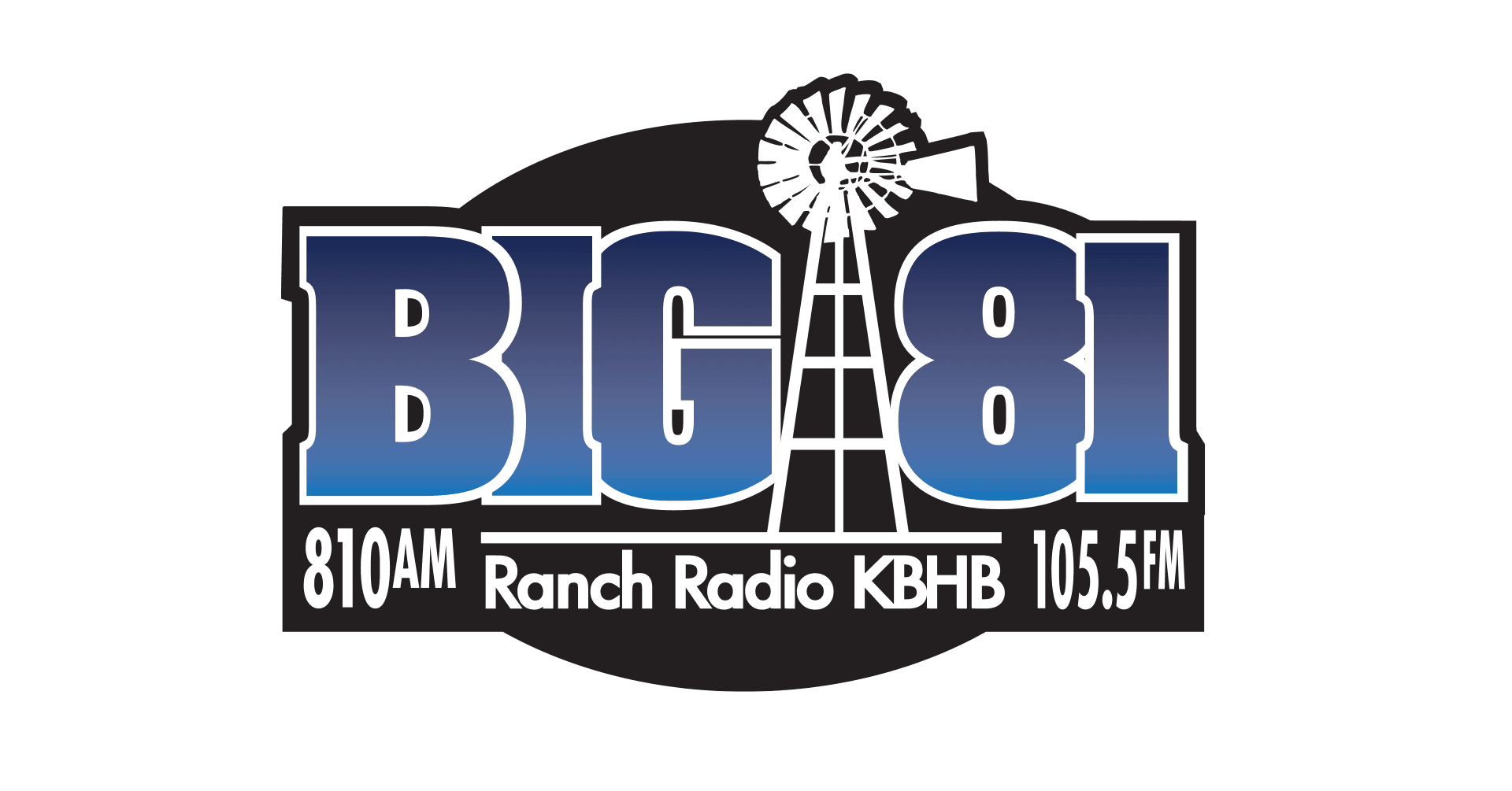OMAHA, Neb. (Nov. 1, 2021) – Since declining to a record low in April of last year, the Creighton University Mid-America Business Conditions Index, a leading economic indicator for the nine-state region stretching from Minnesota to Arkansas, has remained above growth neutral for 17 of the last 18 months.
Overall Index: The Business Conditions Index, which uses the identical methodology as the national ISM, ranges between 0 and 100, climbed to a very healthy 65.2 from September’s 61.6.
“Creighton’s monthly survey results indicate the region is adding manufacturing business activity at a positive pace, and that regional growth will remain solid, but somewhat slower. Almost one-third of supply managers reported that inventory stockpiling has contributed significantly to supply chain bottlenecks,” said Ernie Goss, Ph.D., director of Creighton University’s Economic Forecasting Group and the Jack A. MacAllister Chair in Regional Economics in the Heider College of Business.
Approximately 28% indicated that bottlenecks at U.S. ports were the second most important factor accounting for supply chain disruptions. One supply manager indicated that, “The feds need to stop with the political games and allow the flow of imports in the U.S. immediately.”
Firms continue to report difficulties in finding and hiring new workers. Approximately 27% of supply managers said finding and hiring qualified workers was the third most important factor accounting for supply chain bottlenecks and disruptions.
Employment: The regional employment index remained significantly above growth neutral for October expanding from 56.7 in September to 66.1 in October.
“Even with strong manufacturing job growth, the region has yet to recover all job losses from the pandemic. The latest U.S. Bureau of Labor Statistics data indicate that compared to pre-COVID-19 levels, current nonfarm employment is down by 435,000 jobs, or 3.0%, for the region, and almost 5.0 million, or 3.3%, for the U.S.,” said Goss.
“Over the past 12 months, according to U.S. Bureau of Labor Statistics, regional manufacturing employment expanded by a strong 3.3% with a gain in average hourly wages of 3.9%,” said Goss.
Other October comments from supply mangers were:
• “There is no good reason why we have a backlog of ships waiting to off load on the west coast.”
• “All (supply chain) delays point to federal government (failures).”
Wholesale Prices: The wholesale inflation gauge for the month climbed to a very brisk 96.5 from October’s 94.9. “Creighton’s monthly survey is tracking the highest and most consistent inflationary pressures in more than a quarter of a century of conducting the survey,” said Goss.
“According to the U.S. Bureau of Labor Statistics, commodity prices are up approximately 20.5% over the last 12 months with fuels, farm products and metal products soaring by 44.3%, 24.4%, and 42.5%, respectively.
Confidence: Looking ahead six months, economic optimism, as captured by the October Business Confidence Index, was unchanged from September’s 37.0 which was its lowest level since the onset of COVID-19 in Quarter 1, 2020.
Inventories: The regional inventory index, reflecting levels of raw materials and supplies, soared to 64.4 from 48.3 in September.
Trade: Despite supply chain bottlenecks, regional export numbers were positive for the month. The new export orders index declined to a still positive 53.3 from September’s 59.5 while the import reading rose to a solid 57.9 from 37.0 in September.
Other survey components of the October Business Conditions Index were: new orders fell to 50.0 from 64.4 in September; the production or sales index soared to 70.4 from 55.2 in September; and the index reading for the speed of deliveries of raw materials and supplies dipped to 75.0 from September’s 83.4. A lower reading indicates more timely deliveries and fewer supply chain disruptions.
The Creighton Economic Forecasting Group has conducted the monthly survey of supply managers in nine states since 1994 to produce leading economic indicators of the Mid-America economy. States included in the survey are Arkansas, Iowa, Kansas, Minnesota, Missouri, Nebraska, North Dakota, Oklahoma and South Dakota.
The forecasting group’s overall index, referred to as the Business Conditions Index, ranges between 0 and 100. An index greater than 50 indicates an expansionary economy over the course of the next three to six months.
The Business Conditions Index is a mathematical average of indices for new orders, production or sales, employment, inventories and delivery lead time. This is the same methodology, used since 1931 by the Institute for Supply Management (ISM), formerly the National Association of Purchasing Management. The Mid-America report is produced independently of the national ISM.
South Dakota: The October Business Conditions Index for South Dakota advanced to 62.9 from 59.6 in September. Components of the overall index from the October survey of supply managers in the state were: new orders at 48.9, production or sales at 70.3, delivery lead time at 55.3, inventories at 66.9, and employment at 73.4. “Over the past 12 months, according to U.S. Bureau of Labor Statistics, South Dakota manufacturing employment expanded by 4.2%, second in region, with a gain in average hourly wages of 6.7%, tops in the region,” said Goss.
Survey results for November will be released on Dec. 1, 2021, the first business day of the month.












